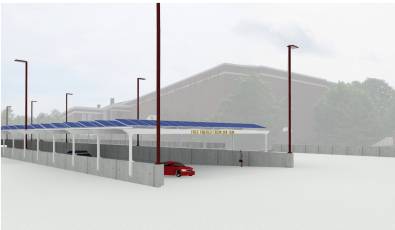A group of scientists, reporters, and risk management specialists took part in a Near Earth Object Media/Risk Communications workshop from Nov. 14 -15 at the University of Colorado, Boulder’s Laboratory for Atmospheric and Space Physics.
These experts will draft a report for the United Nations Committee on the Peaceful Uses of Outer Space Scientific and Technical Subcommittee, the Working Group dedicated to organizing an approach that counters the potential threat posed by Near Earth Objects,.
This group is considering the establishment of an Information, Analysis and Warning Network.
This NEO Media/Risk Communications Workshop was convened by Secure World Foundation and the Association of Space Explorers.
Among issues discussed during the two-day workshop:
— What are effective tools to empower audiences with a tangible outreach and education plan, one that fosters accurate and timely information about the possible effects of a potentially hazardous NEO and what actionable steps can they take?
— How best to inform the public regarding NEOs and any Earth-threatening object in a way to avoid misinformation?
— What steps can be taken to develop an outreach and education plan, one that offers accurate and timely information about the possible effects of a potentially hazardous NEO?
Counteract consequences
Secure World Foundation has a long-standing interest for maintaining a vigilant eye on NEOs, as well as the establishment of a Planetary Defense strategy.
The consequences stemming from a NEO plowing into the Earth depends on its size and trajectory. Damage could range from destruction of an area the size of a city, to creation of tsunamis, to far greater after-effects.
“Establishment of a Planetary Defense strategy includes a number of components, from finding potentially hazardous objects, predicting their future locations, and providing warning about future impacts with the Earth,” said Dr. Ray Williamson, Executive Director of Secure World Foundation.
Furthermore, a Planetary Defense strategy also includes missions to deflect impacting asteroids by changing their orbit, as well as disaster preparedness management and, in the event of a NEO strike, shaping a mitigation and recovery plan to counteract consequences.


